Throughout history, countless scientific discoveries have transformed the way we understand the world and shaped the course of human progress. From breakthroughs in medicine to revolutionary theories in physics, these discoveries have not only solved complex mysteries but also laid the groundwork for future innovations. Each advancement has contributed to the rapid development of technology, health, and our understanding of the universe. In this article, we explore some of the most notable scientific discoveries that continue to influence our daily lives and inspire new generations of thinkers.
The Theory of Evolution by Natural Selection

Charles Darwin’s theory of evolution, first proposed in 1859, revolutionized biology. It explained how species evolve through a process of natural selection, where the fittest organisms survive and pass on their traits. His observations during the voyage on HMS Beagle laid the groundwork for this groundbreaking idea. Over time, the theory has been refined, but its core remains influential in understanding biodiversity. Today, it remains one of the most robust explanations for the development of life on Earth.
The Discovery of Penicillin

In 1928, Alexander Fleming discovered penicillin, changing the course of medicine forever. Fleming’s observation of mold killing bacteria marked the beginning of the antibiotic era. Initially, the implications weren’t fully realized, but further research led to its mass production. Penicillin saved millions of lives by treating bacterial infections that were once deadly. This discovery is credited with transforming medical treatment and reducing mortality rates drastically.
The Laws of Motion
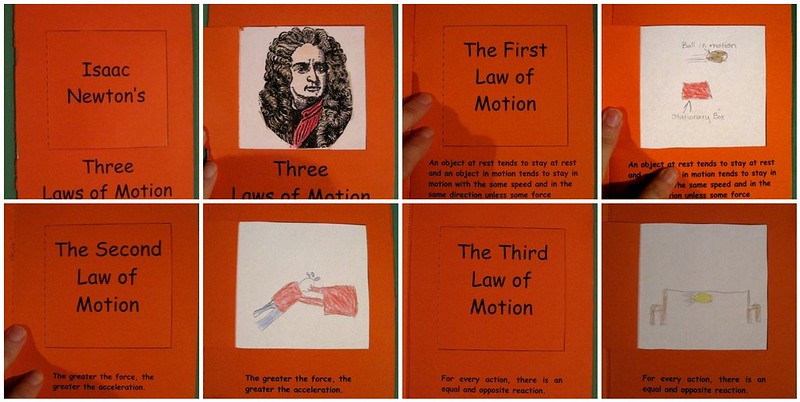
Isaac Newton’s three laws of motion, formulated in the 17th century, formed the foundation of classical mechanics. His insights into the forces acting upon objects transformed the study of physics. These laws describe the relationship between an object’s motion and the forces acting upon it. Newton’s principles remain vital in understanding planetary motion, engineering, and everyday mechanics. Despite advances in modern physics, these laws still hold true in most scenarios encountered daily.
The Structure of DNA
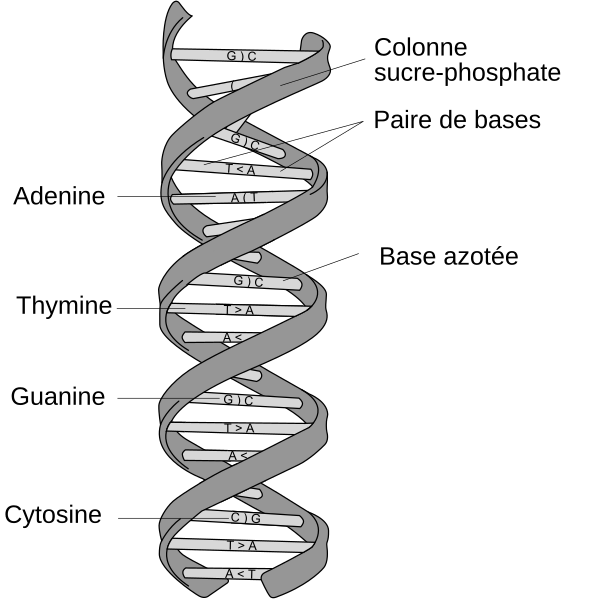
The discovery of DNA’s double-helix structure by James Watson and Francis Crick in 1953 was a milestone in molecular biology. It revealed how genetic information is stored and transmitted in living organisms. Their work, built on the X-ray diffraction images produced by Rosalind Franklin, paved the way for advances in genetics. This discovery provided the framework for understanding heredity and gene expression. Today, it continues to drive innovations in medicine, forensics, and biotechnology.
Germ Theory of Disease
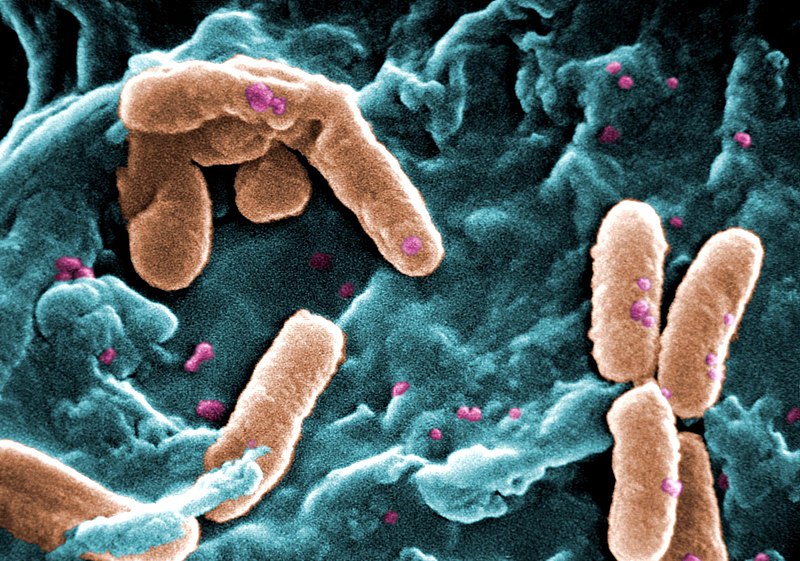
Louis Pasteur and Robert Koch’s germ theory fundamentally changed our understanding of disease. The theory proposed that microorganisms, not spontaneous generation, are the root cause of diseases. Before this, many believed diseases were caused by ‘bad air’ or imbalances. Pasteur’s work on sterilization and Koch’s identification of specific pathogens paved the way for vaccines and modern hygiene practices. Germ theory remains crucial in infection control and the development of antibiotics and vaccines.
Theory of Relativity
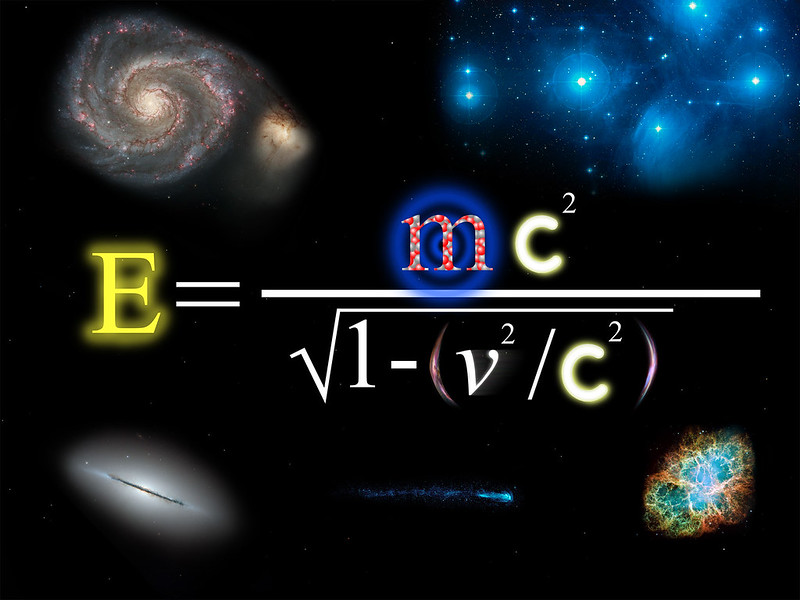
Albert Einstein’s theory of relativity, presented in the early 20th century, reshaped our understanding of space and time. Special relativity introduced the idea that time and space are not absolute, but relative to the observer. Later, general relativity showed how gravity affects the curvature of spacetime, offering insights into black holes and the expansion of the universe. This discovery also predicted phenomena like gravitational waves, later confirmed by experiments. Einstein’s equations continue to guide modern physics, especially in cosmology and astrophysics.
Quantum Mechanics
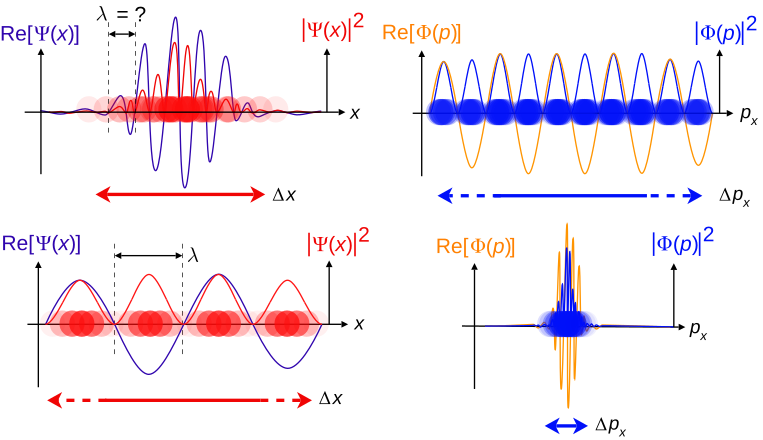
Quantum mechanics, developed through the 20th century, challenged classical physics by exploring the behavior of matter on the smallest scales. Pioneers like Max Planck, Werner Heisenberg, and Niels Bohr contributed to its foundational theories. It revealed that particles can exist in multiple states simultaneously, introducing the concept of probability into physics. This counterintuitive framework allowed the development of technologies like semiconductors, lasers, and MRI machines. Quantum theory remains essential for fields ranging from computing to nanotechnology.
Heliocentric Theory
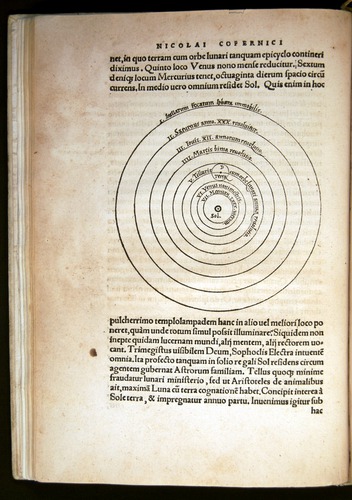
Nicolaus Copernicus proposed the heliocentric theory in the 16th century, challenging the long-standing belief that Earth was the center of the universe. His model, which placed the Sun at the center with planets revolving around it, revolutionized astronomy. Though initially controversial, Copernicus’ ideas were later supported by scientists like Galileo and Kepler. This shift in perspective laid the groundwork for modern astrophysics and space exploration. Today, the heliocentric model is a fundamental concept in astronomy.
Electromagnetism

James Clerk Maxwell unified electricity and magnetism with his set of equations, known as Maxwell’s equations, in the 19th century. His work explained how electric and magnetic fields interact, and how electromagnetic waves, including light, propagate. This discovery formed the basis for modern technologies like radios, TVs, and wireless communications. Maxwell’s theory also paved the way for Einstein’s theory of relativity by showing that the speed of light is constant. His contributions remain central to electrical engineering and theoretical physics.
Vaccination

The development of vaccines began with Edward Jenner’s smallpox vaccine in 1796, which was based on the observation that milkmaids exposed to cowpox were immune to smallpox. This marked the beginning of immunology and has since saved millions of lives. Jenner’s method was improved upon over the years, leading to vaccines for many infectious diseases. Vaccines have become one of the most effective tools in public health, eradicating diseases like smallpox. Their continued development remains critical in combating emerging health threats like COVID-19.
Plate Tectonics

The theory of plate tectonics, fully developed in the 1960s, revolutionized geology by explaining the movement of Earth’s lithospheric plates. Building on Alfred Wegener’s earlier hypothesis of continental drift, this theory showed that continents and ocean floors are constantly moving. The interactions between these plates cause earthquakes, volcanic activity, and the formation of mountain ranges. Plate tectonics also helped explain the distribution of fossils and similar geological features across continents. Today, it is a cornerstone in understanding Earth’s geological processes.
The Periodic Table
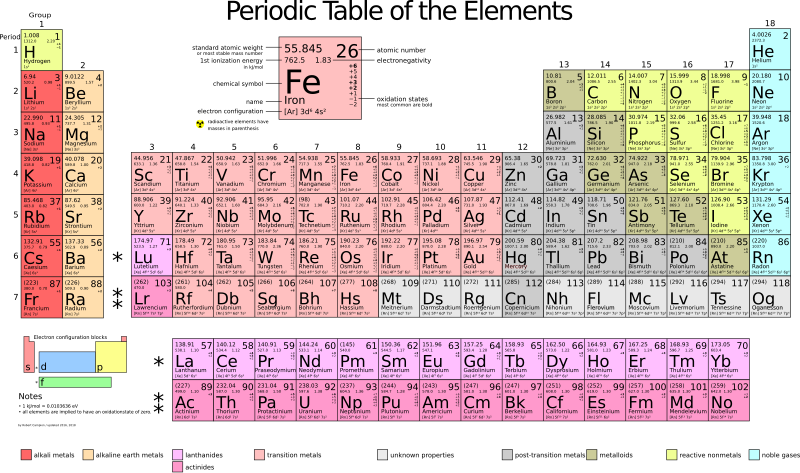
Dmitri Mendeleev’s creation of the periodic table in 1869 organized chemical elements based on their atomic mass and properties. This system allowed scientists to predict the properties of undiscovered elements, which were later found and matched Mendeleev’s predictions. Over time, the table has been refined to reflect modern atomic theory. It remains a vital tool in chemistry and materials science, guiding everything from educational curricula to advanced research. Mendeleev’s periodic table continues to be an iconic representation of scientific understanding.
The Big Bang Theory
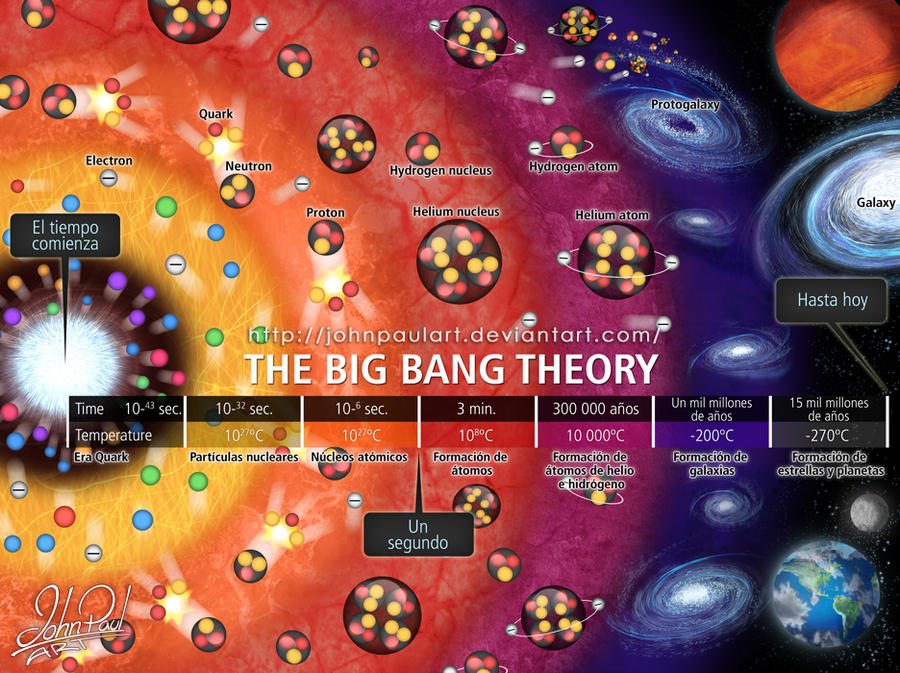
The Big Bang theory, developed in the early 20th century, describes the origin of the universe as a rapid expansion from a singular point. Georges Lemaître first proposed this idea, which was later supported by Edwin Hubble’s observation that galaxies are moving away from us. This expansion suggested that the universe is not static but evolving over time. The theory was further validated by the discovery of cosmic microwave background radiation. Today, the Big Bang remains the most widely accepted explanation for the universe’s beginnings.
DNA Sequencing
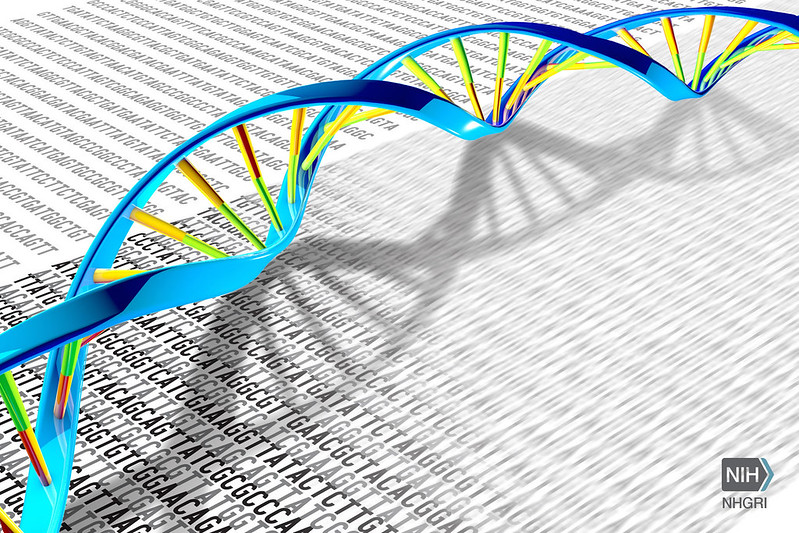
Frederick Sanger’s development of DNA sequencing methods in the 1970s paved the way for modern genetics and genomics. This technology allows scientists to determine the order of nucleotides in DNA, providing insights into the genetic makeup of organisms. DNA sequencing has been crucial in fields ranging from evolutionary biology to medicine. It played a key role in the Human Genome Project, which mapped the entire human genome. Today, it remains indispensable for personalized medicine and genetic research.
Radioactivity
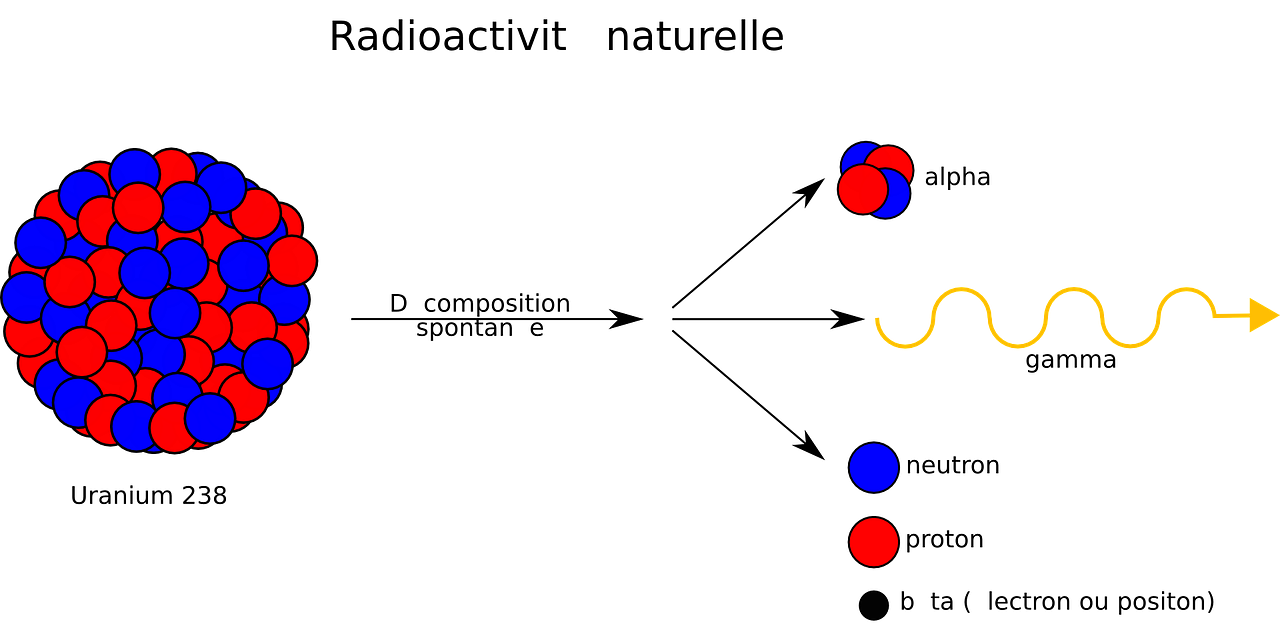
The discovery of radioactivity by Henri Becquerel in 1896, followed by further research by Marie and Pierre Curie, changed our understanding of atomic structure. They found that certain materials spontaneously emit energy in the form of radiation. This discovery led to the development of nuclear energy and advancements in medical imaging. It also revealed the potential dangers of radiation, influencing safety protocols in nuclear physics. The study of radioactivity continues to be crucial in both energy production and medical applications.
This article originally appeared on Rarest.org.
More From Rarest.Org
When it comes to celebrating in style, few beverages match the prestige and elegance of champagne. Connoisseurs around the world are drawn to the exclusivity, craftsmanship, and unique flavor profiles that define the most coveted champagne brands. Read more.
When it comes to planning a stylish getaway, the car you choose can make all the difference. High-end car rentals offer more than just transportationâthey provide an elevated driving experience that combines luxury, performance, and sophistication. Read more.
Vintage advertising signs hold a special place in the hearts of collectors, serving as both nostalgic reminders of bygone eras and unique pieces of art. From gas stations to soda shops, these signs were once common sights but have now become highly sought-after treasures. Read more.



